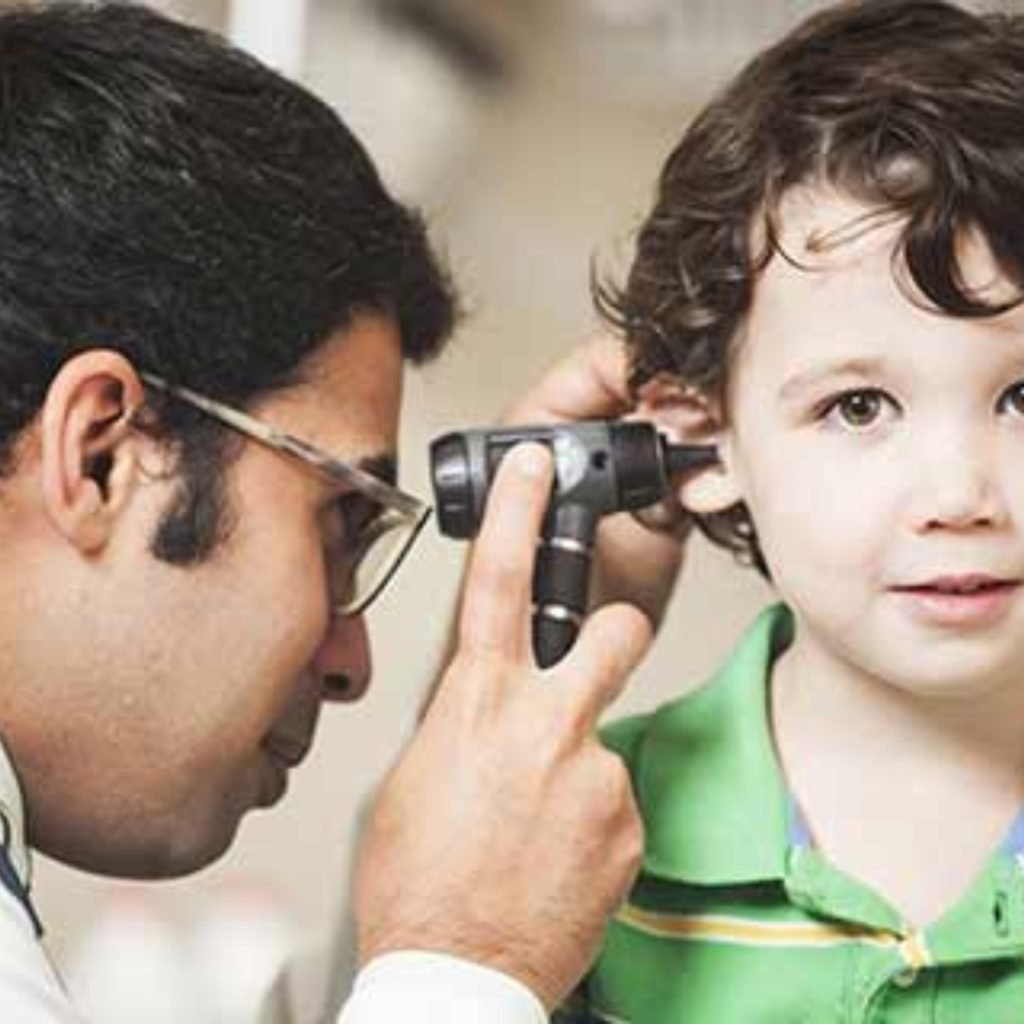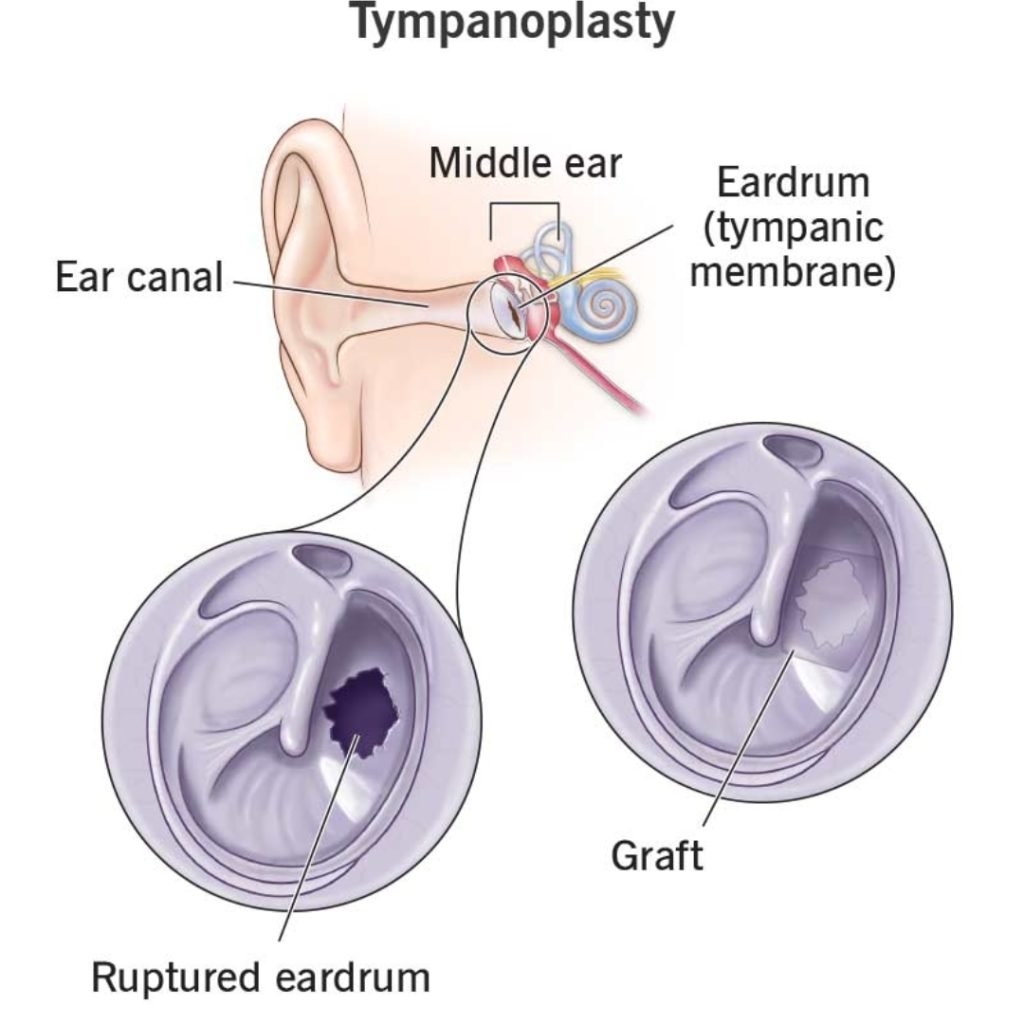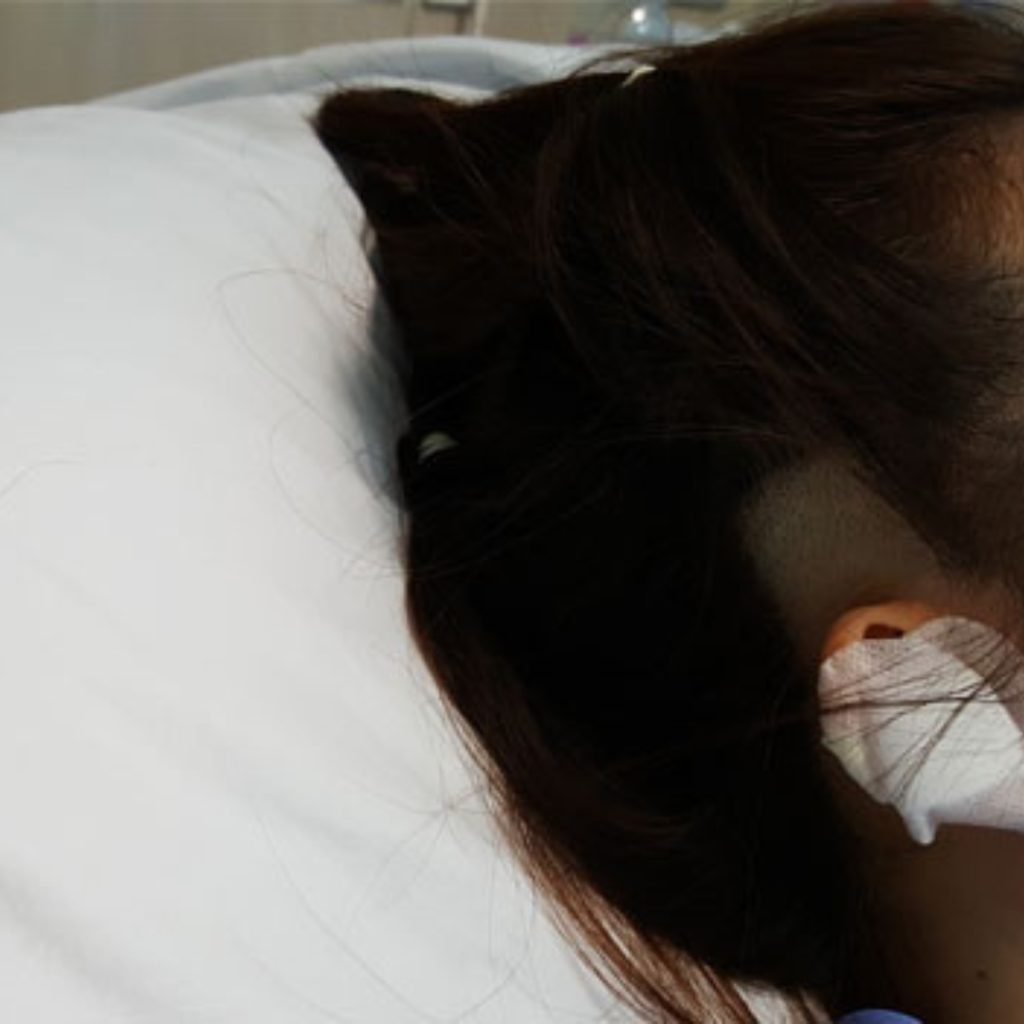All Departments
- Adenoidectomy
- Ear Infection
- Eardrum Surgery
- FESS ( Functional-Endoscopic-Sinus-Surgery)
- Mastoidectomy Surgery
- Myringotomy
- Nasal Polyps Surgery
- Septoplasty
- Sinus Surgery
- Stapedectomy
- Throat Surgery
- Thyroidectomy
- Tonsillectomy
- Tonsillectomy
- Turbinate Reduction
- Tympanoplasty
- Vocal Cord Surgery
Emergency Cases
917838450942
Tympanoplasty
Best Tympanoplasty surgery centers in India
The outcome of a tympanoplasty is greatly influenced by the experience and skill of the surgeon. An sophisticated, cutting-edge surgical center is also required in addition to them. Hence, Doxtreat is affiliated with the top ENT clinics in India to guarantee a positive surgical outcome for the patient and a pain-free surgical procedure. Also, Doxtreat includes cutting-edge ENT clinics where patients may receive professional advice and care.
The surgical treatments carried out at Doxtreat are authorized by the USFDA and offer patients long-lasting, efficient relief from their hearing problems. We provide all of our customers sophisticated care in addition to ancillary services like insurance support, free pre- and post-surgical consultations, cab and food services, etc

What happens during surgical sinusitis treatment?
Diagnosis
Hearing tests and a physical examination are used to diagnose tympanoplasty. Your medical history will be gathered by the ENT physician during the physical examination in order to determine the kind and origin of the hearing loss. Then, in order to see the eardrum more clearly, he will place an otoscope in the ear canal. He will then conduct diagnostic procedures like:
- Tympanometry– Tympanometry is a procedure used to gauge how the eardrum reacts to changes in air pressure. To determine the severity of the eardrum perforation, the doctor will take a measurement of the tympanum.
- Audiology- The purpose of this test is to assess the degree of hearing loss by playing sounds at varying levels and pitches.
- Swab test- If there is any ear discharge, the doctor will take a sample and send it to the lab for culture in order to determine whether or not the middle ear is infected.
- Tuning fork test- A tuning fork is a metal instrument with two prongs that, when hit together, produces sound. It will generate sound close to the ear so the doctor can assess the patient’s hearing capacity.
Procedure
Your surgeon will assist you in getting ready for surgery once you have received a diagnosis. Ear surgery can be done publicly or endoscopically. Endoscopic surgery is typically recommended due to the tiny, scarcely perceptible scar it leaves in front of and behind the ear.
Under local anesthetic, the operation is done as an outpatient procedure. Due to its resemblance to the eardrum and proximity to the surgical site, the rear of the ear is used if just a tissue transplant is needed to restore the eardrum. After general anesthesia, the surgeon will either make an incision behind your ear to access the ear canal or do direct ear canal surgery. After elevating your eardrum, he will use a graft of your own cartilage, a transplant of connective tissue, or a graft made of synthetic material to repair the hole in the eardrum. In order to maintain the graft in place, he will next seal the wound with bioabsorbable incisions and insert packing into the ear canal. You will be sent to a recovery unit for post-operative monitoring after the procedure.
In the event that the middle ear bones are also broken, the injured bones will be replaced with a prosthetic implant during the same surgery.
How to prepare for a Tympanoplasty?
Because tympanoplasty is an intrusive treatment, you should be prepared. Your healthcare practitioner should have access to your whole medical file and be informed of any medications or dietary supplements you frequently use. Moreover, you have to mention any allergies you may have.
Children frequently experience anxiety both during and after surgery because of the abrupt changes in their hearing. You should have a conversation with your child about the procedure depending on their age. You can see a physician or a pediatric therapist for advice on how to best prepare for children who are too young.
You should dress comfortably and loosely for the surgery since you might need to change into a hospital gown at some point. On the day of your operation, refrain from wearing any makeup, deodorant, or nail paint, and take off all of your jewelry before visiting the clinic.
If you smoke frequently, you should stop at least two to three weeks before to surgery in order to avoid having a detrimental influence on your recuperation. Inquire with your surgeon about any food restrictions you need to follow before to the procedure.

When is a Tympanoplasty required?
In the following circumstances, tympanoplasty is typically necessary for the treatment of eardrum perforation and middle ear bone trauma:
- Bacterial infection in the middle ear
- Inserting foreign items too deeply in the ear
- Injury to the face (ear)
- Sudden exposure to loud music
- Change in air pressure (barotrauma)
- Contact sports
- Deepsea diving

What are the benefits of a Tympanoplasty?
In most cases, eardrum perforations do not heal on their own and, if left untreated, can even result in consequences that are permanent. The membrane that isolates the inner and middle ear canals from the atmosphere can be repaired by tympanoplasty. As a result, it aids in avoiding serious middle ear and inner ear infections.
The middle ear receives the sound waves from the tympanic membrane and amplifies and sends them there for hearing. It is not feasible in the event of a perforation, and the patient is unable to hear well. Tympanoplasty aids in the patient’s recovery from hearing loss.

Recovery tips after a Tympanoplasty
To assist reduce edema after surgery in the surgical region, elevate your resting for the first several days. Without first seeing a doctor, avoid placing anything in your ears. Use your medications as directed. To avoid infections, apply an antibiotic cream to the surgery site.
Avoid any kind of vigorous activity for at least two weeks, including lifting weights, jogging, exercising, etc. Dry off the surgery area. For at least a week following surgery, avoid taking a shower or washing your hair. Before taking to the skies or the water, you should also get your surgeon’s consent.

